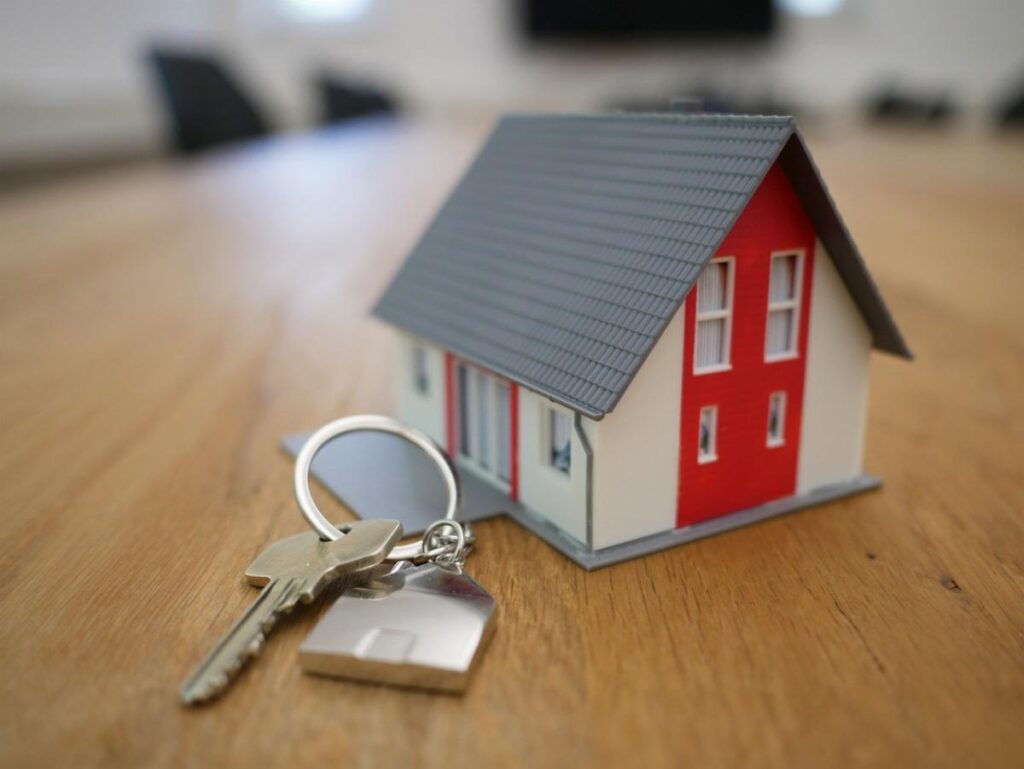New-build homes sell 28 days quicker

The latest analysis by new-build sales optimisation platform, Unlatch, has shown how a new-build property purchase will see UK homebuyers achieve their dream of homeownership 28 days faster on average compared to an existing property.
The research looked at the average time to sell, breaking it down from first listing to sold subject to contract and then how long it also takes to reach completion.
The property market is booming and with buyer demand remaining extremely high in 2022, the new homes sector has been delivering vital stock to market in order to meet this demand.
The research by Unlatch also shows that the sector is providing many buyers with a far quicker route to homeownership.
New-build homes sell 28 days quicker
Unlatch found that once a property reaches the market and is listed for sale, it takes an average of 63 days for an existing property to reach sold subject to contract status (SSTC). A new-build takes slightly longer, averaging 67 days to reach the SSTC stage from the first point of listing.
However, it’s the final stage of moving a sale from SSTC to completion when the new-build sector starts to shine. In fact, it currently takes an average of just 49 days to reach completion on a new-build property, while the average existing home won’t complete until 81 days after being sold subject to contract.
In total, buying an existing property takes an average of 144 days while buying a new-build takes 116 days – 28 days quicker.
Why is there such a disparity between the two?
First of all, existing homes are often subject to chains where the success of one purchase is reliant on the mutual success of numerous other purchases. New-builds, often purchased directly from the developer, are not subject to the delays and obstacles caused by chains. In fact, first-time buyers can often move into a new-build as quickly as their admin efficiency will allow.
With new-builds, there are no existing owners to complicate the purchase by, for example, changing their minds about the sale or allowing another buyer to gazump you by accepting a higher offer even after they’ve accepted yours.
Existing homes also take longer to buy because surveys often highlight issues with the property, such as damp or a damaged roof, which then require mending or negotiation to bring the price down.
While new-build homes do, of course, often come with snags, these can be addressed and fixed directly by the developer at no extra cost providing you are still within your warranty period. This period will generally run for two years for any defects and up to ten for structural issues.
New home buying timelines are also much shorter because the new-build sector is making good use of cutting edge technology to expedite the process. While all areas of the property market have benefited from some degree of digital disruption, many archaic processes remain, particularly with regard to dealing with the final legalities of a sale.
However, many housebuilders and developers are now using tools and tech to maximise efficiency and reduce delays and this includes their relationship with the brokers and selling agents they work with to sell the homes.
This increased harmony between each stakeholder in the transaction process is seeing sales get over the line much quicker, ensuring the buyers aren’t left hanging around due to administrative aspects of a sale.
Lee Martin, Head of UK for Unlatch says:
“New-build homes do carry a premium but this is often for good reason and they also offer a range of advantages from greater energy efficiency, to lower running and maintenance costs. What’s more, they also allow homebuyers to secure a foot on the ladder at a far greater pace and this speed and convenience is something that many value above and beyond a cost saving.
With the new homes sector showing a far greater ability to adapt, evolve and utilise advancements in technology to benefit homebuyers, the gap in selling times versus the existing homes market is only likely to grow wider.”




